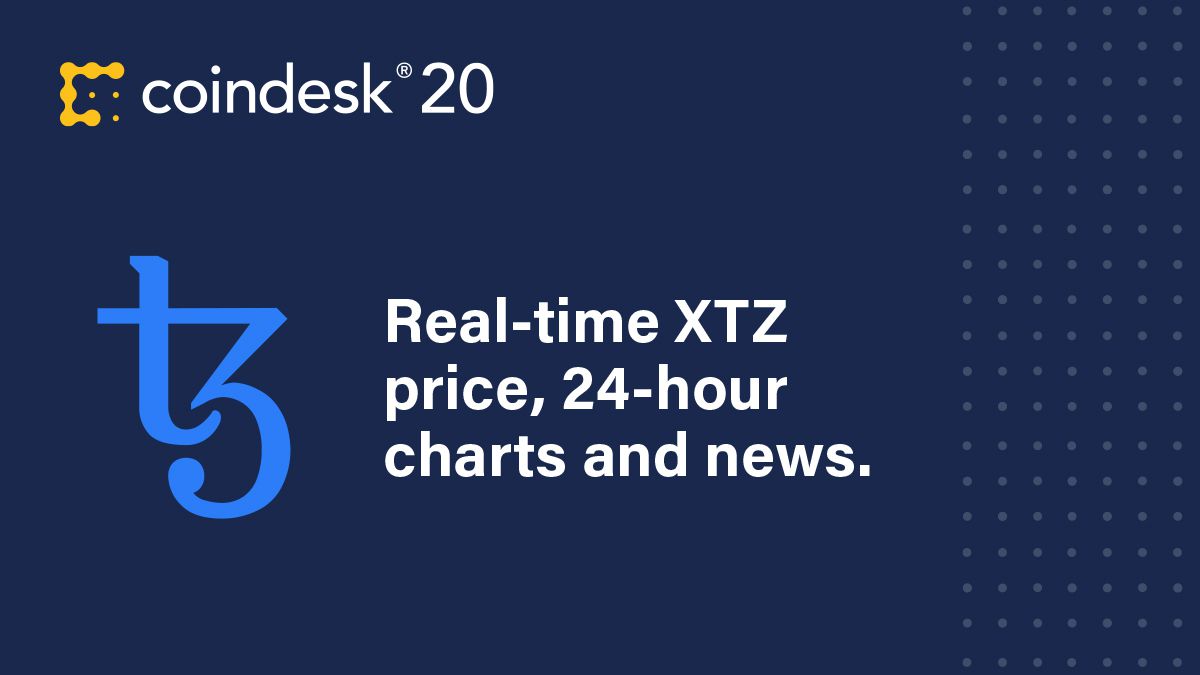Circle Highlights Surge in USDC Use for Asia Remittances in New Report
/arc-photo-coindesk/arc2-prod/public/LXF2COBSKBCNHNRE3WTK2BZ7GE.png)
Crypto issuer Circle saw a surge in remittances flow through Asia via its USDC stablecoin, the company said in a new report highlighting how the cryptocurrency is used beyond speculative trading.
USDC is a cryptocurrency pegged to the value of the U.S. dollar, and backed by liquid cash and cash-equivalent assets.
In 2022, $130 billion worth of USDC flowed into Asia, the report says. According to Circle, the Asia-Pacific region accounts for 29% of all global digital currency value received compared to 19% for North America, and 22% for Western Europe.
These volumes are also made up of remittance transfers, a big deal for emerging markets with a large diaspora, such as the Philippines. In the report, Circle highlighted how it has partnered with Coins.ph – an exchange based in the country – to try and capture some of this business, worth around $36 billion a year.
In the report, Circle also claims that USDC is helping close the region’s $510 billion trade finance gap, which is the lack of liquidity available to companies for cross-border remittances and credit. This particularly serves in emerging markets with capital outflow restrictions, where businesses often struggle to obtain the necessary funding for international trade.
One company that’s using USDC to bridge this gap is Taipei-based XREX. In a CoinDesk profile from 2022, its founder, Wayne Huang, explained how XREX builds financial pipes between countries using stablecoins, taking advantage of the deep dollar liquidity in Taiwan and the dollar shortfall in other Southeast Asian nations.
Circle also said stablecoins’ use in speculative trading has declined 90% over the past five years.
Elsewhere in the world, the report said that 33% of consumers in Latin America have paid with a stablecoin, and citizens in the region have received $562 billion in digital currency between 2021 and mid-2022.
Edited by Sandali Handagama.









